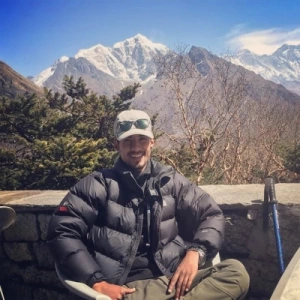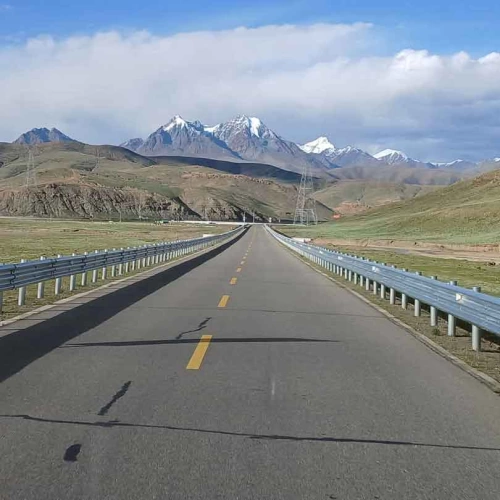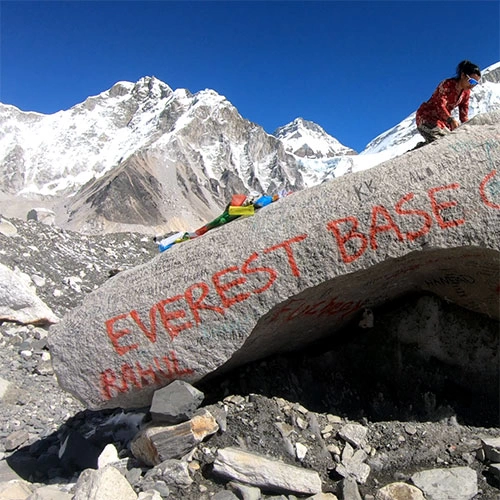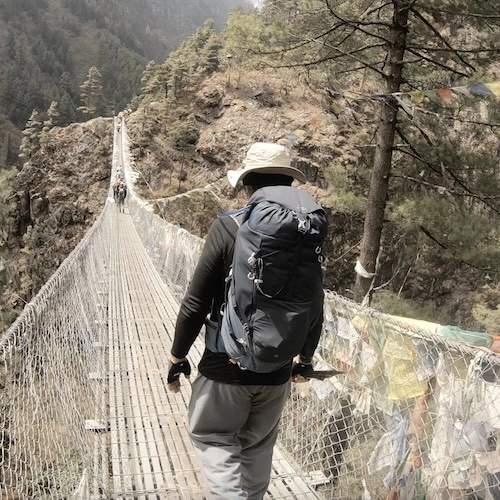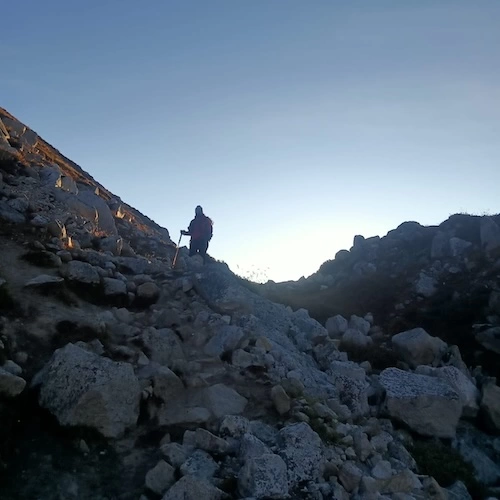Why Timing is Everything?
The Annapurna Base Camp trek takes you through different landscapes, from terraced farms and dense flower forests to high, rocky trails. Though New Zealand also has diverse scenery, trekking in the Himalayas comes with unique challenges, especially with the weather and altitude. Picking the best time to trek is the key to enjoying clear mountain views, comfortable temperatures, and safe conditions.
Best Seasons to Trek:
Spring (March to May): Blooming Flowers and Clear Skies
For New Zealanders, trekking to Annapurna Base Camp in spring offers a familiar yet unique connection with nature. March to May is one of the best times for this trek. In spring, the weather is pleasant. The trails are covered with blooming flowers, creating colourful hillsides of bright reds, pinks, and whites.
For Kiwis, this season mirrors New Zealand's spring with daytime temperatures in the lower regions ranging from 10°C to 20°C. As you climb toward the base camp, temperatures drop but remain manageable with proper trekking gear.
Why Spring is Ideal for New Zealanders:
The vibrant flower forests create a beautiful trekking environment.
Comfortable trekking conditions for those used to mild temperatures.
Excellent visibility for panoramic views of peaks like Annapurna I, Machapuchare, and Hiunchuli.
However, spring is popular among trekkers but the trails are relatively crowded. Booking in advance with a reputable company like Lets Trek Himalayas can help secure your preferred dates and accommodations.
Autumn (September to November): Peak Season for Perfect Trekking
Autumn is often considered the best time to trek to Annapurna Base Camp due to its stable weather and stunning vistas. From September to November, the post-monsoon period brings clear skies, mild temperatures, and fresh air, making it an ideal season for New Zealand travellers. The monsoon rains make the landscape lush & green and create a beautiful contrast with the snow-covered peaks.
In New Zealand, spring also occurs from September to November, making the Himalayan autumn feel both familiar and exhilarating. Daytime temperatures are comfortable, ranging from 15°C to 20°C at lower elevations, cooling off at higher altitudes.
Why Autumn is Ideal for New Zealanders:
Crisp Air offers the best visibility of the Annapurna range.
Similar to New Zealand’s spring temperatures, aiding acclimatization.
Experience Nepalese culture through festivals like Dashain and Tihar.
Autumn's popularity means busy trails and teahouses, so early planning is crucial to ensure spots with experienced guides and quality accommodations.
Winter (December to February): Solitude for the Brave
Though less popular, winter offers a quieter experience on the Annapurna Base Camp trek. From December to February, temperatures can drop significantly, especially at higher elevations. Daytime temperatures range from 9°C to 12°C at lower altitudes but can drop to well below freezing at Annapurna Base Camp (4,130 meters).
For adventurous Kiwis adapted to colder climates, winter presents a chance to see the Himalayas in a different light. Snow blankets the higher altitudes and adds a magical touch to the landscape. With fewer trekkers, you can enjoy the serenity of the Annapurna Sanctuary.
Why Winter May Appeal to New Zealanders:
Enjoy solitude away from the crowds.
Experience the Himalayas covered in snow for unique visuals.
Off-season discounts on accommodations and packages.
Winter trekking comes with challenges, including snow-covered paths and colder conditions, so it's best for experienced trekkers or those prepared for colder weather.
Monsoon (June to August): Best to Avoid
The monsoon season from June to August is generally not recommended for trekking to Annapurna Base Camp. Heavy rains will lead to slippery trails, leech problems, and landslide risks. Dense clouds often hide the mountain views, badly impacting the key highlight of the trek.
For New Zealanders familiar with managing unpredictable weather, the challenges of the monsoon season are quite different. It's not ideal for mountain trekking during heavy rains. It's best to avoid monsoon season for a safer and more enjoyable experience.
Final Tips for New Zealand Travellers
Plan Early: Secure flights and trekking dates ahead of time to ensure the best accommodations and guides during peak seasons.
Prepare for Altitude: The trek reaches significant altitudes, so allow time for acclimatization, especially if you're used to lower elevations.
Pack Wisely: Though used to New Zealand's variable weather, the Himalayas can present more extreme conditions. Bring warm layers, quality trekking boots, and waterproof gear.
Conclusion - Find Your Perfect Trekking Time:
For New Zealanders seeking a memorable adventure, the Annapurna Base Camp trek offers a blend of stunning scenery, cultural encounters, and physical challenges.
By aligning your trek with the best season, you can set out on an unforgettable journey to the heart of the Himalayas with Lets Trek Himalayas. Get ready to discover a world of towering peaks, vibrant forests, and welcoming local culture—a unique experience that will leave you inspired for years to come.

